I think everyone has wished Pokemon were real at some point in time, and being a fan of the colorful and powerful roster of pocket monsters can make it easy to forget the majesty of our mundane world’s animal kingdom. If you’ve read my kaijū article then you already know the creatures inhabiting Japan’s oceans, streams, highlands, and forests can be just as impressive as the creatures that roam its movies and television shows. However, kaijū aren’t the only iconic monsters in Japanese pop culture, and those ten beasties aren’t the only unique and amazing animals native to Japan. Check out ten more amazing critters that could pass as the real-world equivalents of the most fun and profitable (gotta buy ’em all) monsters from Japan.
10: Giant Isopod

Pocket Equivalent: Kabuto

The giant isopod is one of the largest arthropods in the world. They can be found all over the Pacific from Japan to the Americas, but they really have a following in Japan where people are more willing to think of them as “grotesque cute” and want to design cell-phone cases and plushies in their likeness. In the U.S. we just make horror films out of them, which makes sense, since these little guys are full-on carnivorous and can survive for four years without eating—just waiting for the perfect catch to gorge themselves on.
9. Japanese Serow
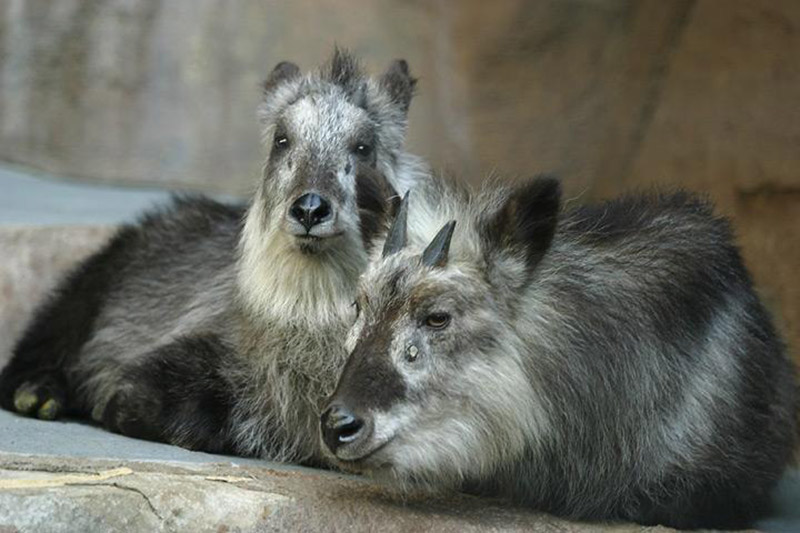
Pocket Equivalent: Gogoat
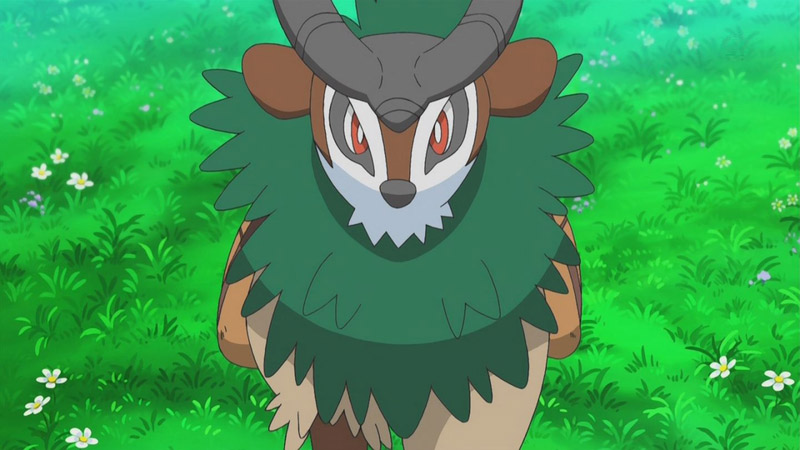
Once thought to be a deer (but actually much closer related to cattle or goats) the Japanese serow is an iconic Japanese animal and considered a living “National Treasure of the Forest.” They were once hunted to near extinction, but their populations have sprung back up in the woodlands of Northern Honshu, thanks to some timely conservation efforts. These majestic little guys are featured on postage stamps, good luck charms, postcards, and much more. They have been known to the Japanese since prehistory and are considered so close to the Japanese identity that when in 1972 China gifted a Giant Panda to the Japanese government they reciprocated with a gift of two serows.
8: Pika
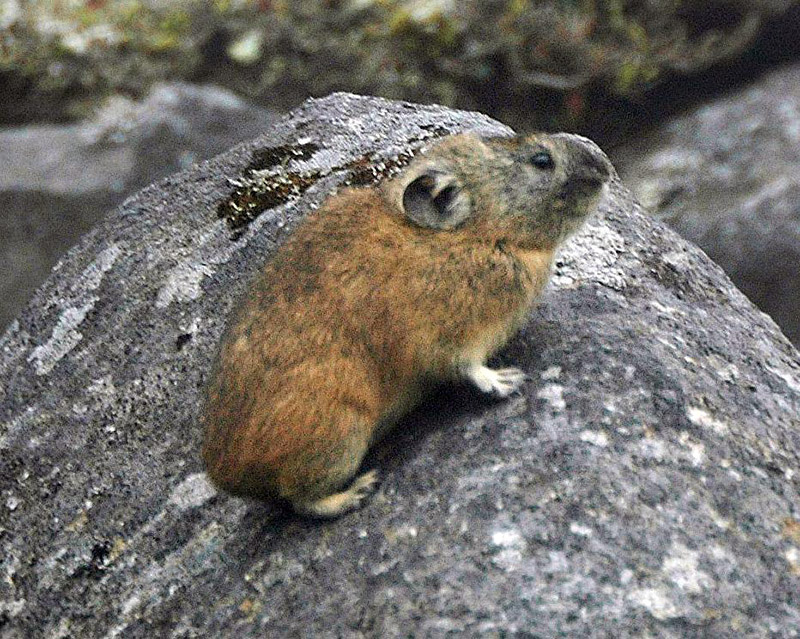
Pocket Equivalent: Pikachu
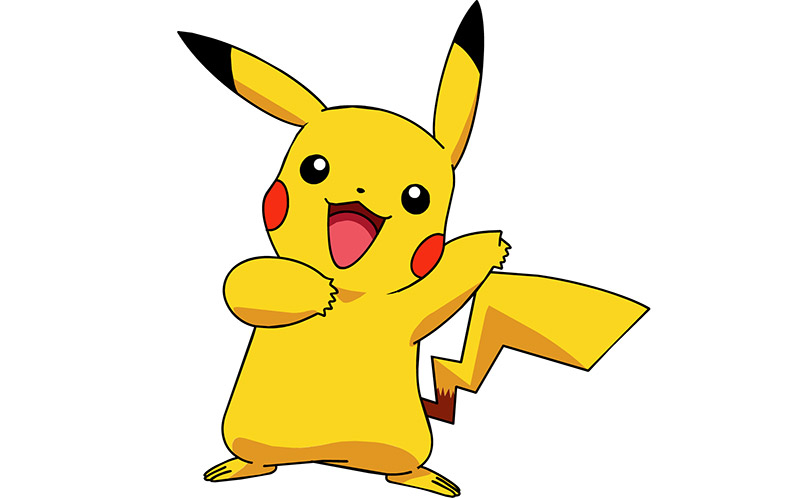
Native to the rocky mountainsides of northern Europe, Asia, and the Americas, pikas are a type of lagomorph, the order that contains rabbits and hares, and are considered an early evolutionary stepping stone on the path to the long-eared, fluffy-tailed varieties that we all know and love. Some people have posited that the pika was the inspiration for Pokemon’s iconic Pikachu. While this may be true to an extent, the reality is more likely that the name is a portmanteau of two Japanese onomatopoeia, pikapika ピカピカ for electrical sparks and chuu チュー for a mouse’s squeak. Don’t tell that to fans of the pika theory though.
7: Japanese Flying Squirrels
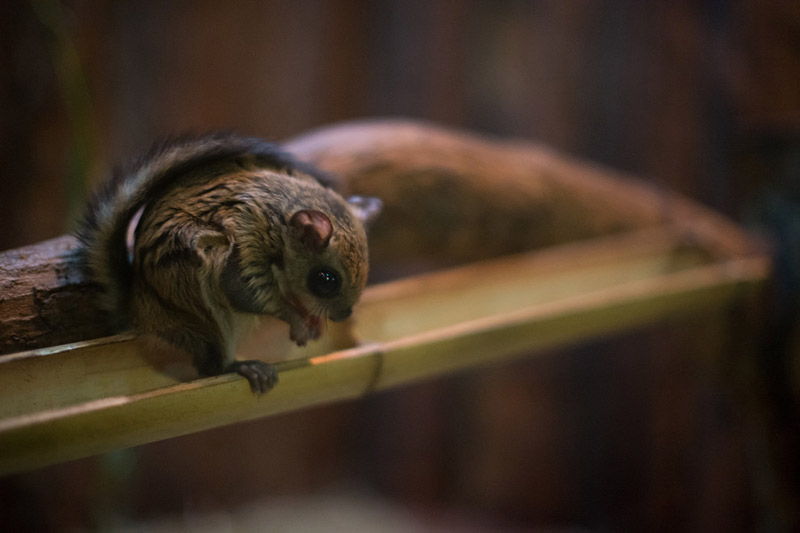
Pocket Equivalent: Emolga
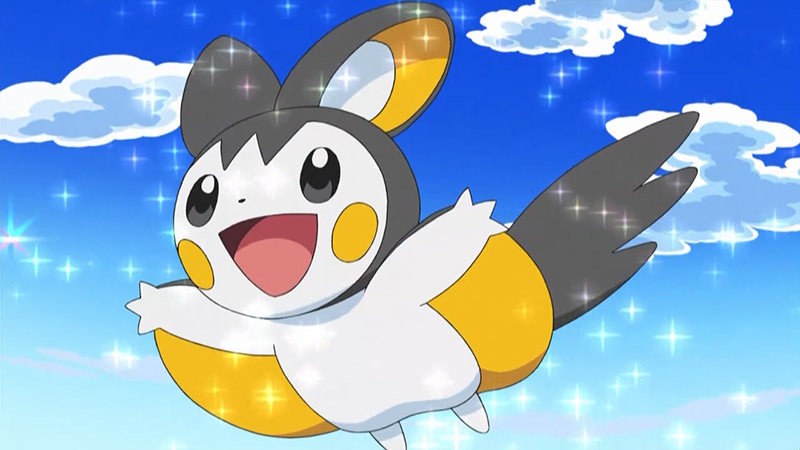
I have a lot of admiration for the tenacious animals like bats and flying squirrels that didn’t let being born a mammal keep them out of the skies. There are two main species of flying squirrels in Japan and parts of both were probably used as the inspiration behind this cousin of Pikachu. The Japanese giant flying squirrel or musasabi can make glides of up to 525 feet and can be over a foot long! And that’s not including their long fluffy tails which stabilize them during flight and typically about double their length. The other species is the Japanese dwarf flying squirrel or nihon momonga (Emolga’s likely name-sake) that can only reach a maximum height of eight inches. While the momonga might not be able to generate electricity, they definitely possess weaponized levels of cuteness. Just take a look here!
6: Tanuki

Pocket Equivalent: Zigzagoon
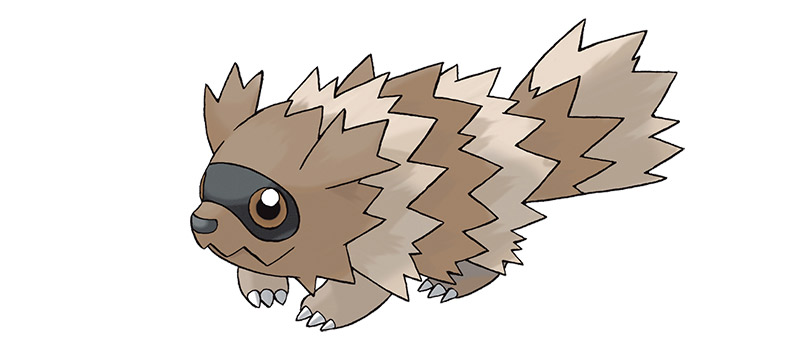
Tanuki 狸 in Japanese folklore have access to many more superpowers than your average pocket monster. They have access to possession, transformation, magical testicles, granting good luck, and high alcohol tolerance. They were even once considered sovereigns of the entire natural realm. It has even been said of the tanuki that while “the fox has seven disguises, the tanuki has eight ( 狐七化け、狸八化け).” Asserting that, although they are less malicious than kitsune, they have even more tricks up their sleeves. The real-life animal however is more similar to Zigzagoon in that it looks and acts like something between a dog, a raccoon, and a badger.
5: Japanese Macaque

Pocket Equivalent: Mankey

The Japanese macaque, sometimes colloquially called snow monkeys because of their preferred habitat, are another very iconic Japanese creature. They are one of the only primates native to Japan and the only non-human primate that can tolerate living as far north as they do. Because of this they can be found on the majority of Japanese islands with large habitat distributions in Honshū, Shikoku, and Kyushū. They also have a unique place in Japanese folklore from the zodiac, to fairy tales, to famous nicknames of Nobunaga’s samurai.
4: Asian Black Bear
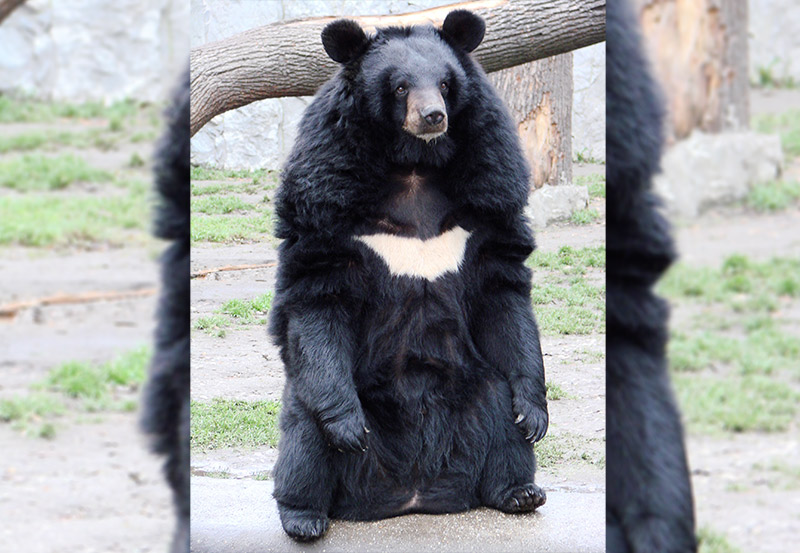
Pocket Equivalent: Ursaring
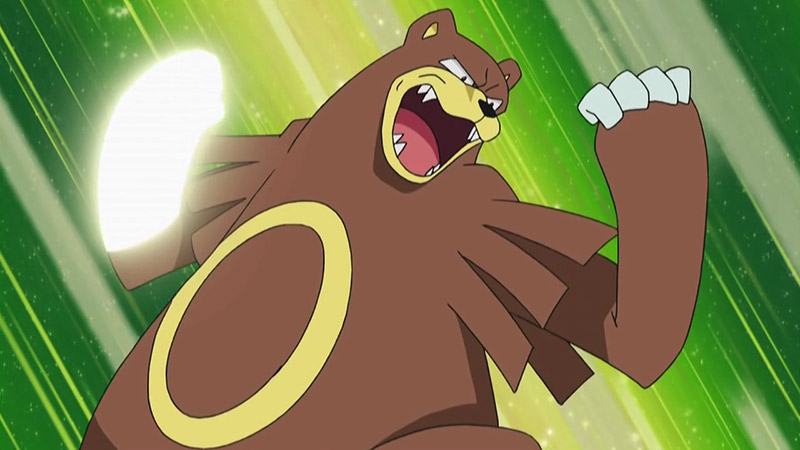
This is the smaller of the two bear species that inhabit the mountains of Honshū, Kyūshū and Shikoku. Despite their cuteness and their diet of mostly vegetation, they have been known to act aggressively toward humans for territorial reasons and general grouchiness. They are prominent in the folklore of the Japanese mountain highlands, where it is said the white patch on their chest fur is from a silk-wrapped amulet gifted to them by the kami of the mountains.
3: Whale Shark
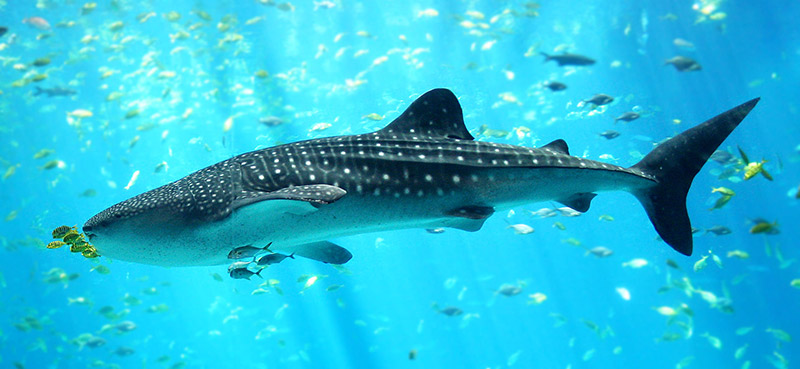
Pocket Equivalent: Kyogre
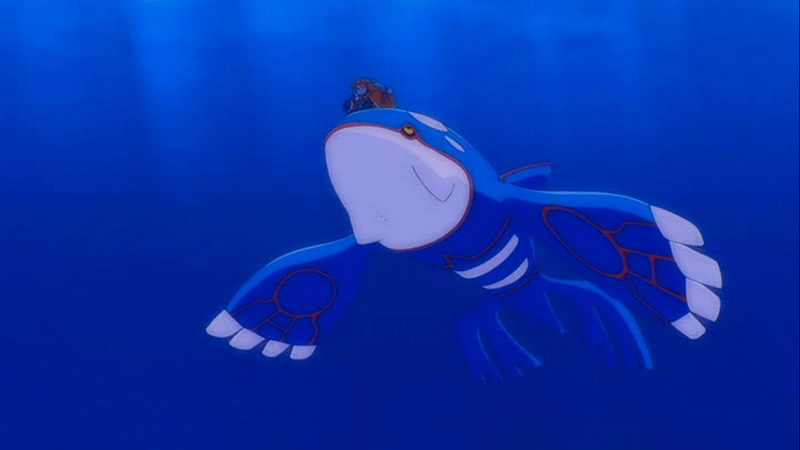
The whale shark, though it isn’t a whale and doesn’t really look like a shark, is an absolute giant of the sea. The tremendous shark is a filter-feeder, so imagine a giant nurse shark. They are the world’s largest living species of fish and the largest non-whale animal on the planet. They have a reputation for being very friendly to SCUBA divers. That, coupled with their strangely adorable qualities, has made them something of a cuteness icon in Japan. The Osaka aquarium, Kaiyukan, and the Okinawan Churaumi Aquarium have both featured these sharks as spotlight attractions.
2: Japanese Pheasant

Pocket Equivalent: Unfezant
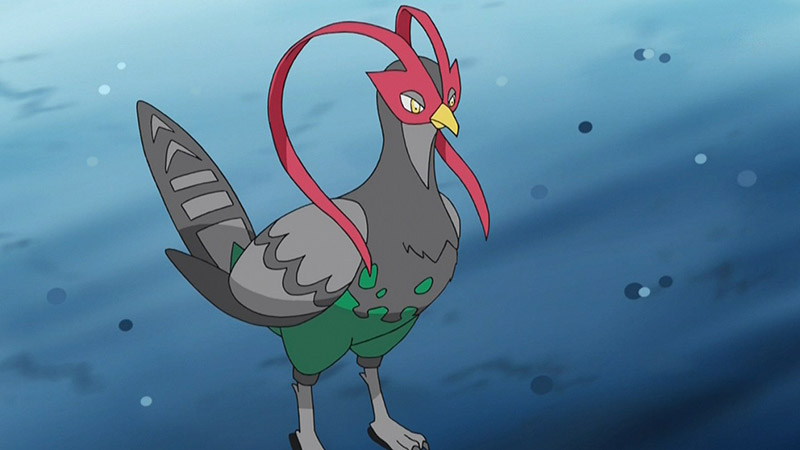
At first glance, it may seems unceremonious for such a common animal to be included in a list of fantastic creatures, but that sort of thinking goes against the very nature of Pokemon. Some Pokemon are very mundane. Heck, some of them are inanimate objects! These iridescent game birds have absolutely earned their place as an iconic Japanese animal. These pheasants have coexisted with the Japanese people since ancient times. They were given as dowry or as celebratory gifts for marriage and because of this they have been used in classical Japanese poetry as a symbol of love and devotion to one’s family. A very simple, but evocative animal.
1: Shiba Inu
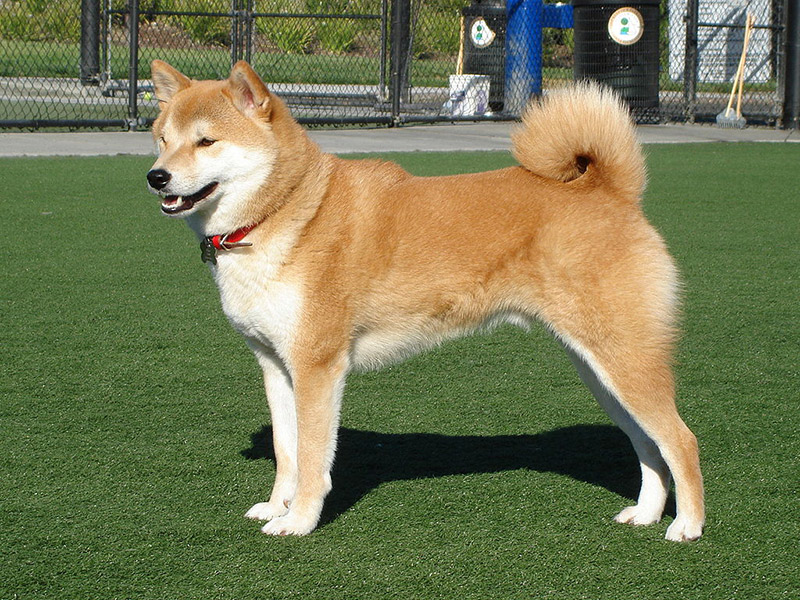

The Shiba Inu is the smallest variety of the six original Spitz dog breeds of Japan. The larger ones being the Akita, Kishu, Hokkaido, Shikoku, and Kai Ken. Many of these breeds are considered among the very few ancient dog breeds to still exist. In Japan, this pedigree stretching from the 3rd century BC has led to the creation of domesticated creatures with agility, friendliness, and loyalty that inspires movies and manga.
All of these dog breeds encapsulate the true nature of what Pokemon really stands for: the ability to forge a connection with an animal companion that grow with you, fight for you, and become a lifelong companion. More so than any other of the amazing animals that inhabit Japan, these dogs are not only iconic, they are also readily available to be raised and trained. If you feel like putting the time and energy into adopting one of these breeds yourself, you would find a very real way to discover the rewards of being a Pokemon trainer.
Linnaean Taxonomy! I Choose You!
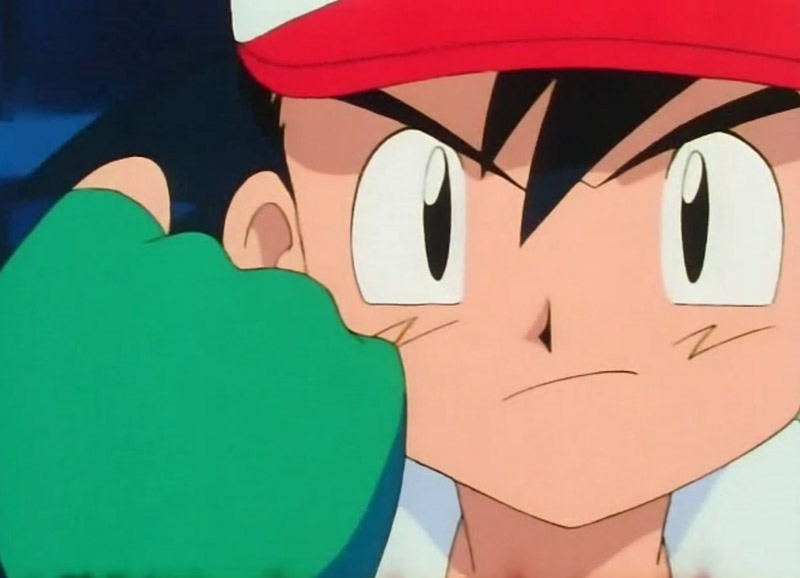
In short, the wild kingdom of Japan has as many beautiful and engrossing animals as even the richest anime/video game universes. Japan might not have electrically charged rodents (yet), but it does have more than its fair share of spectacular wild-life.
